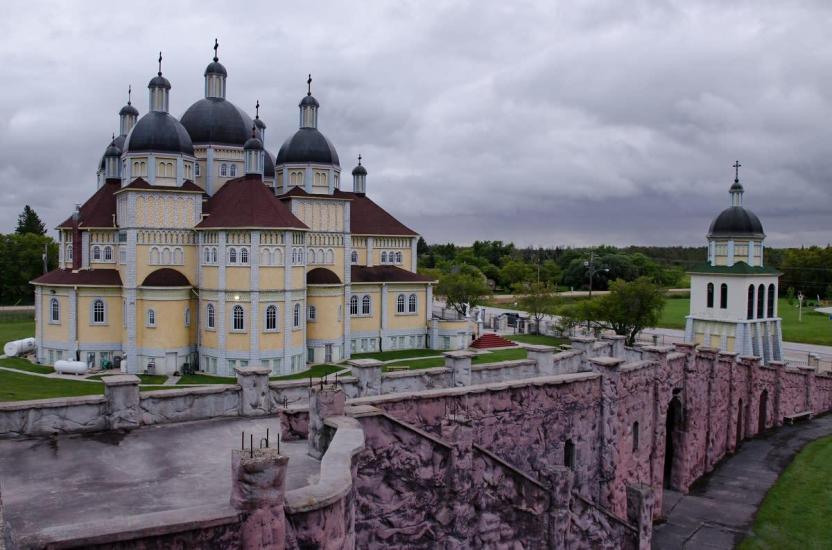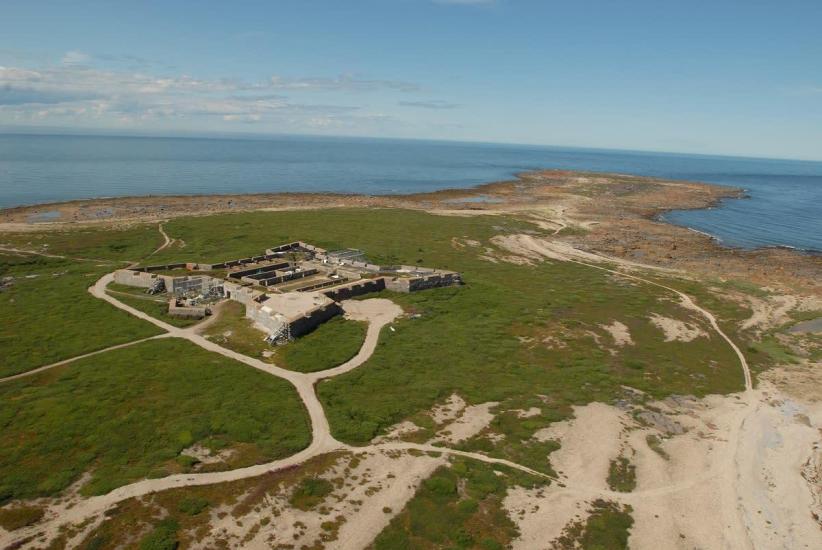- Things To Do
- Events
- Food & Drink
-
Places To Go
- Winnipeg
- Churchill
- Eastern Region
- Central Region
- Interlake Region
- Parkland Region
- Western Region
- Manitoba North
- Must-See Destinations
-
Itineraries
- Island Getaway on the Prairies
- Wheat City Wanderings in Brandon
- Escape to the water and the wild
- St. Boniface Winter: Passion and History
- Follow the path to a story in Neepawa
- Unleash your inner Viking this winter
- Explore Clear Lake this winter like never before
- Breathe in the Whiteshell this winter
- Go North for a boreal forest escape
- Treaty Areas
- Where To Stay
- Trip Essentials
- #ExploreMB Blog
Navigation Options
- FREN
- Things To Do
- Events
- Food & Drink
-
Places To Go
- Winnipeg
- Churchill
- Eastern Region
- Central Region
- Interlake Region
- Parkland Region
- Western Region
- Manitoba North
- Must-See Destinations
-
Itineraries
- Island Getaway on the Prairies
- Wheat City Wanderings in Brandon
- Escape to the water and the wild
- St. Boniface Winter: Passion and History
- Follow the path to a story in Neepawa
- Unleash your inner Viking this winter
- Explore Clear Lake this winter like never before
- Breathe in the Whiteshell this winter
- Go North for a boreal forest escape
- Treaty Areas
- Where To Stay
- Trip Essentials
- #ExploreMB Blog

Manitoba’s landscapes are varied – golden prairies, sparkling lakes ringed by lush forests, and vast tundra covered in colourful blankets of lichen and wildflowers. Amidst Manitoba’s natural beauty are some incredible architectural landmarks – remarkable not only as works of art but also as feats of engineering.
1. Immaculate Conception Church of Cooks Creek

This multi-domed structure is one of the largest and most impressive of the “Prairie cathedral-style” Ukrainian churches in Manitoba. Its basic materials of concrete, stucco, and paint are brought to life through bold colours, Ukrainian motifs, and faux finishes that echo grand European churches. Built between 1930 and 1951 almost entirely by the hands of volunteers, the church’s priest/architect, Rev. Philip Ruh O.M.I., noted on a blue print, “All great buildings of historical character were built in many years. Every church should be a building of history.”
Head to eastern Manitoba to take a tour of the complex, including grotto and cemetery and don’t miss the biennial Medieval Festival, slated for return in 2018.
2. Prince of Wales Fort National Historic Site

The oldest building in Manitoba, this huge stone fortress with star-shaped bastions was built by the Hudson’s Bay Company on the mouth of the Churchill River starting in 1731. Due to the fort’s immense size (the walls are 6.5 metres high and 11 metres thick) and limited manpower, the fort took 40 years to build. And although it had 40 cannon atop its parapet, the fort fell to the French without a single shot being fired.
Take a guided tour with Parks Canada to learn about the fort’s role in the French-English struggle for control of the fur trade.
3. Souris Swinging Bridge

This bridge is a symbol of Manitobans’ resilience. Originally built in 1904, the bridge has been reconstructed four times over its history, most often due to damage caused by rising floodwaters of the Souris River. The newest form of the bridge was erected in 2013, and its span of 184 metres makes it Canada’s longest historic suspension bridge. While not the same bridge that W. H. Sowden built to access his property on the river’s east bank over 110 years ago, today’s bridge is engineered to last, while incorporating elements of the original design.
Cross the bridge on an exploration of the town of Souris, including The Plum Museum – one of the oldest church buildings in western Manitoba.
4. Inglis Grain Elevators National Historic Site

These Five Prairie Giants are the last remaining row of standard country grain elevators still standing. Four out of the five have been standing in Inglis since the railway arrived in this Parkland village in 1922. Their distinct shape along with their restored interior features remains a symbol of the Prairies and its connection to agriculture.
Choose from a guided or self-guided tour to explore the site and its exhibits and enjoy the prairie views while enjoying a picnic lunch.
5. Pinawa Dam Provincial Heritage Park

Manitoba’s first hydro-electric generating station began powering Winnipeg homes and businesses in 1906 until it was closed in 1951. Today, the water of the Winnipeg River flows through the ruins of the dam, creating rapids and waterfalls that reflect the meaning of its Indigenous name: “It is slow, calm, or gentle”. Interpretive panels along the Dam Ruins Walk explain the dam’s history and how all that concrete contributed to the creation of electricity.
Follow the Old Pinawa self-guiding trail watching for wildlife as you explore the remains of town that once stood on this site. And although the town may be deserted, according to an entry from Mrs. Bernard in the Winnipeg Electric Employee’s Magazine shortly before the hydroelectric plant was shut off for good, “it will never be lonely”.

About The Author
I'm Alexis, Communications Manager for Travel Manitoba. I write about all kinds of awesome things that happen in Manitoba. And when I'm not writing about awesome things, I do my best to get out and experience them with my husband and two young sons.
Communications Manager
